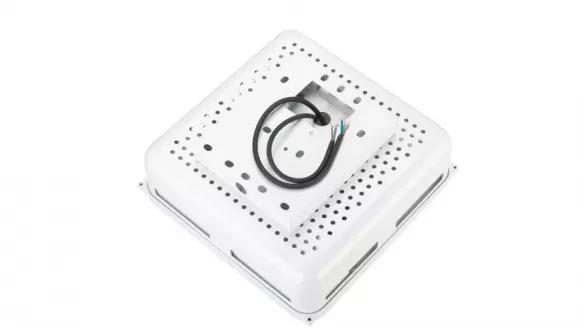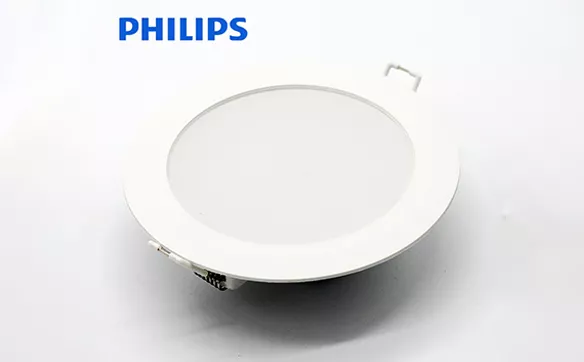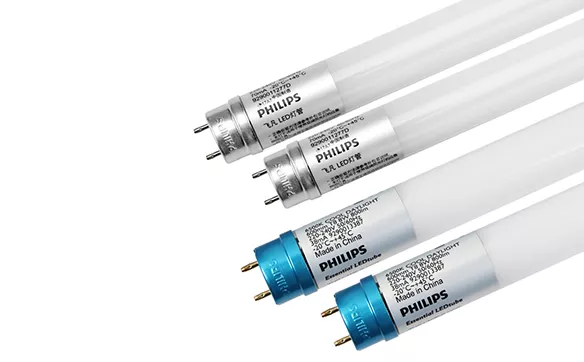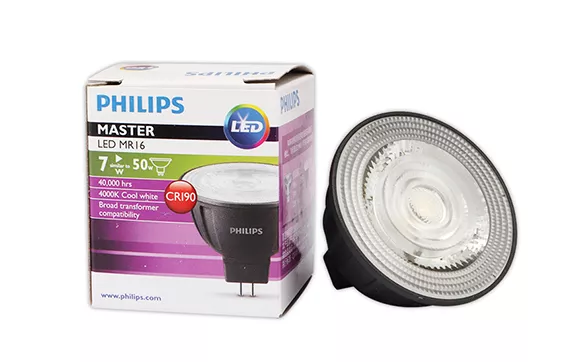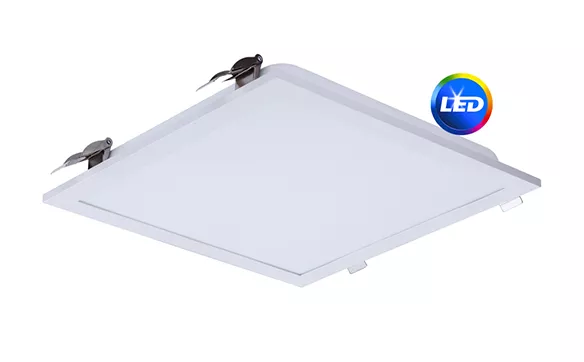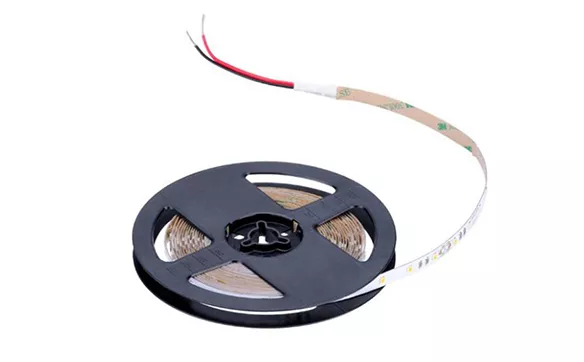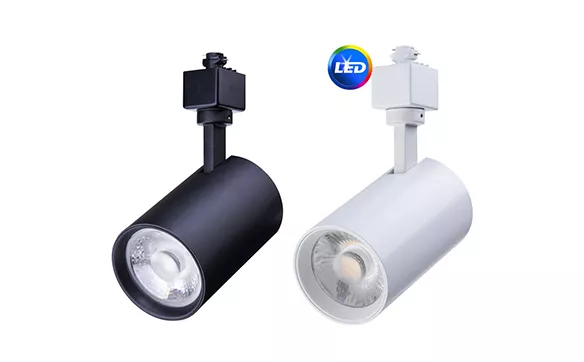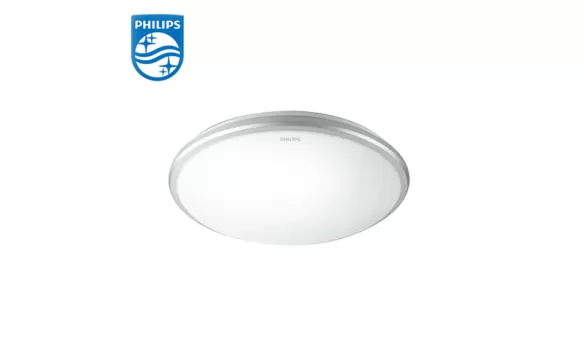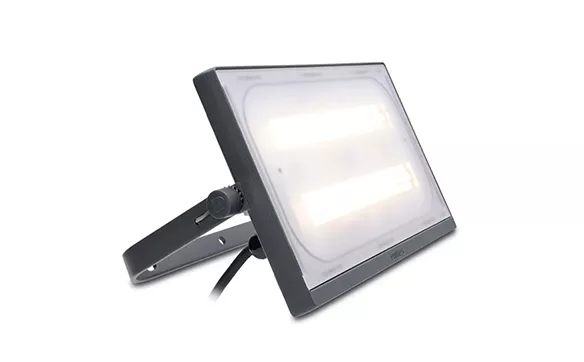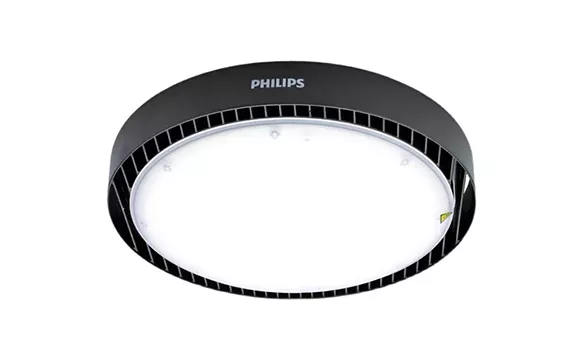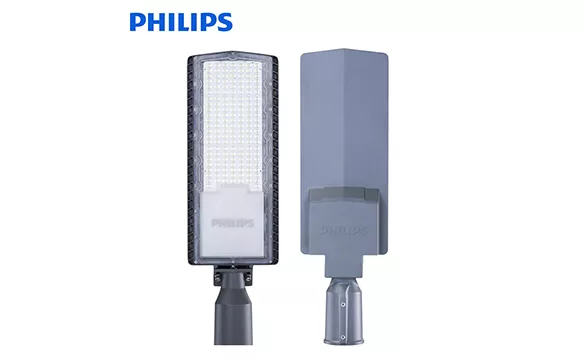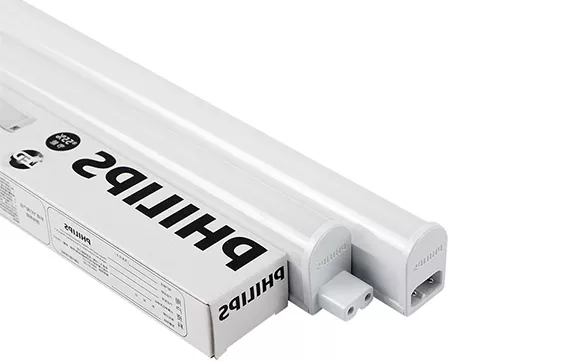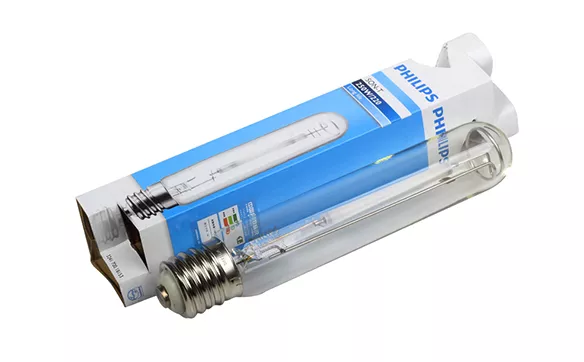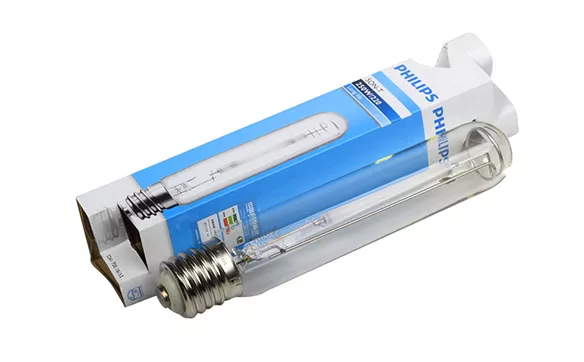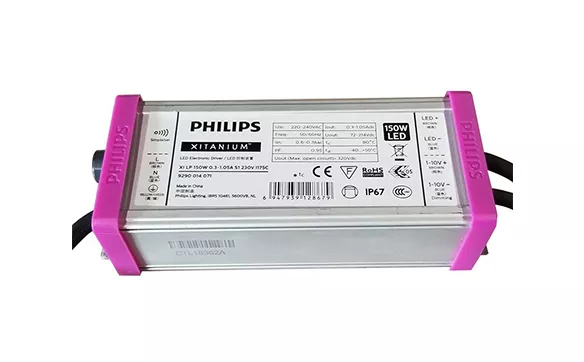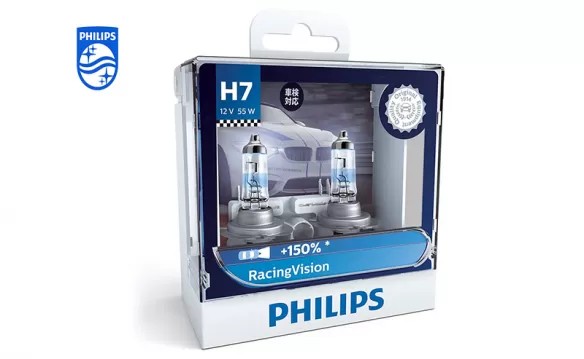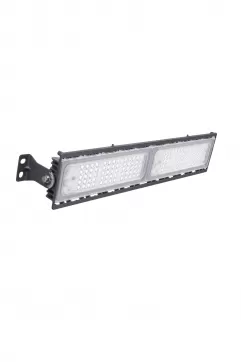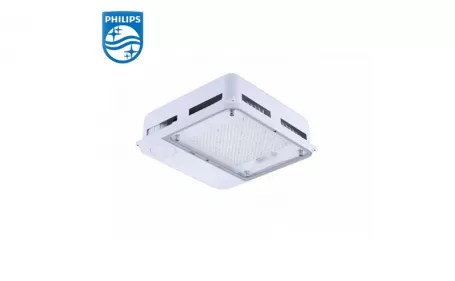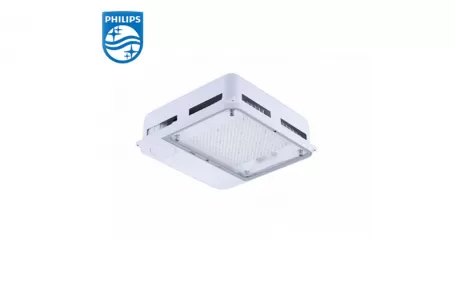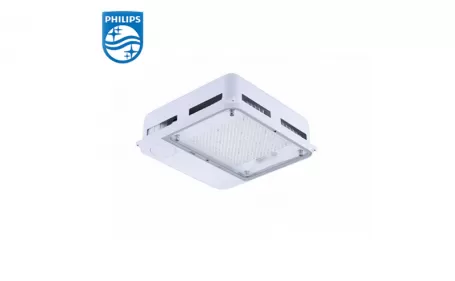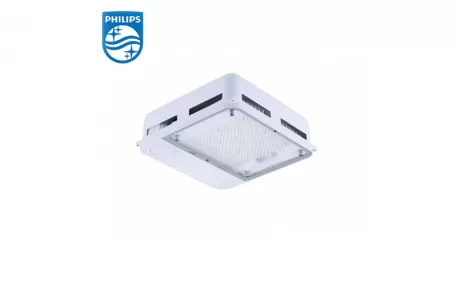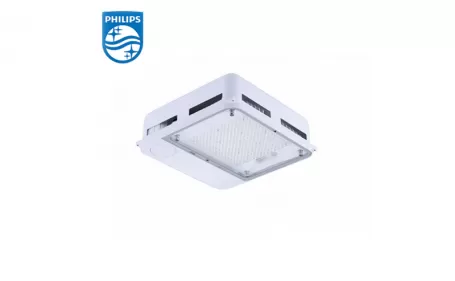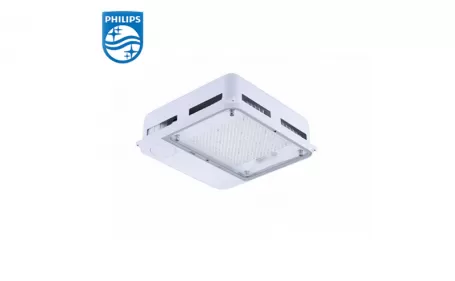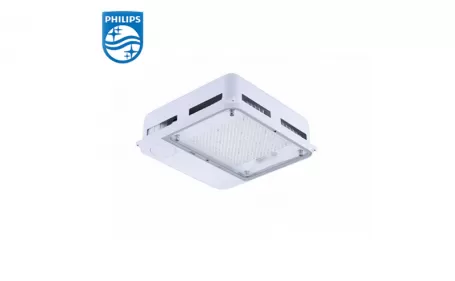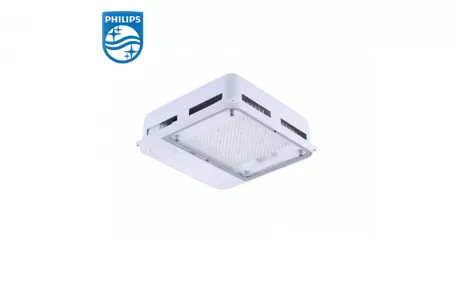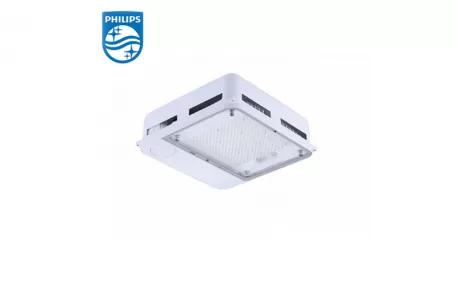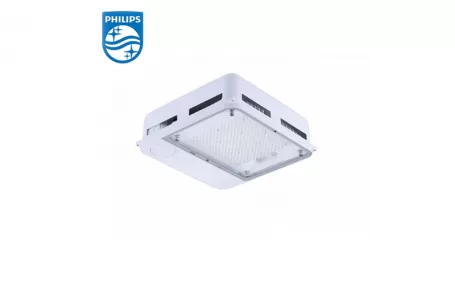In the realm of healthcare, maintaining a sterile and safe environment is paramount. The emergence of advanced technologies has revolutionized the way we approach hygiene and disinfection, and one such groundbreaking innovation is the PHILIPS UV-C hospital lighting solution. Let's delve into the significance and transformative impact of this technology in hospital environments.
Understanding UV-C Technology in Hospital Lighting
1. UV-C Light:
- Ultraviolet-C (UV-C) light is a short-wavelength, germicidal type of ultraviolet light. It possesses the ability to disrupt the DNA and RNA of microorganisms, rendering them inactive and unable to replicate.
2. PHILIPS UV-C Hospital Lighting:
- PHILIPS, a renowned leader in lighting technology, has developed UV-C lighting solutions tailored for hospital environments. These lighting fixtures emit UV-C light at specific wavelengths proven to effectively deactivate pathogens, including viruses, bacteria, and fungi.
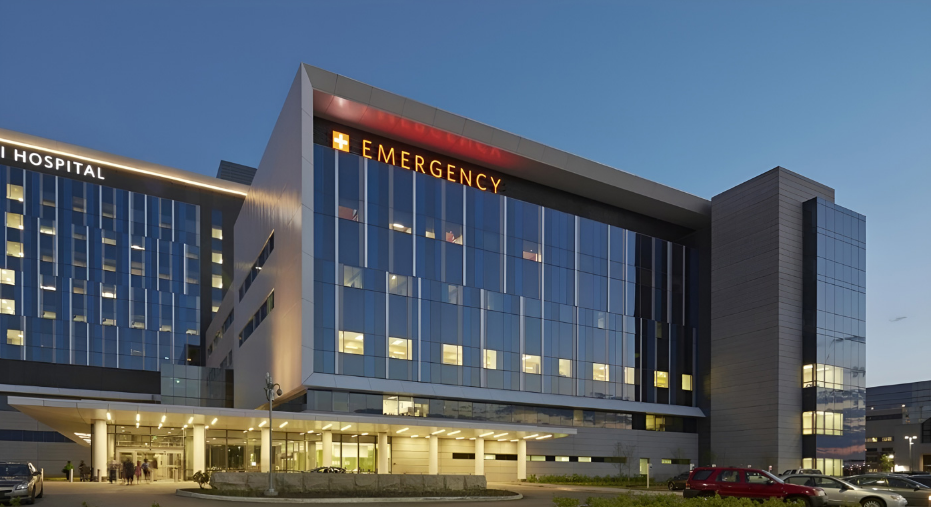
The Pivotal Role of PHILIPS UV-C Hospital Lighting Solutions
1. Enhanced Disinfection:
- UV-C lighting solutions by PHILIPS supplement existing cleaning protocols by providing an additional layer of disinfection. They target high-touch surfaces, air, and exposed areas, effectively reducing the microbial load within hospital spaces.
2. Pathogen Inactivation:
- Through their germicidal properties, PHILIPS UV-C lighting solutions aid in inactivating a wide array of pathogens, contributing to a safer and cleaner hospital environment for patients, healthcare workers, and visitors.
3. Reduction of Healthcare-Associated Infections (HAIs):
- HAIs pose a significant challenge in healthcare settings. By incorporating UV-C lighting, hospitals experience a potential reduction in HAIs, minimizing the risk of cross-contamination and patient infections.
4. Non-Toxic and Environmentally Friendly:
- Unlike chemical disinfectants, UV-C light does not leave residues or generate harmful byproducts, making it a safe and environmentally friendly method of disinfection.
Implementation and Benefits in Hospital Settings
1. Integration with Existing Infrastructure:
- PHILIPS UV-C lighting solutions seamlessly integrate into hospital environments, whether as ceiling-mounted fixtures, mobile units, or as part of ventilation systems, offering flexibility in deployment.
2. Time-Efficient Disinfection:
- UV-C light swiftly disinfects surfaces and air within a short duration, optimizing efficiency and allowing for rapid turnover of hospital rooms, especially crucial in emergency situations.
3. Continuous Disinfection in Unoccupied Spaces:
- Hospitals can utilize UV-C lighting for continuous disinfection in unoccupied rooms, ensuring ongoing microbial control in areas not in active use.
4. Confidence in Safety Standards:
- By incorporating PHILIPS UV-C hospital lighting solutions, healthcare facilities instill confidence in patients, staff, and visitors regarding the hospital's commitment to maintaining stringent safety and hygiene standards.
The Future of Hospital Disinfection: Innovations and Advancements
1. Research and Development:
- Ongoing research and advancements in UV-C technology continue to refine and improve its efficacy, paving the way for even more advanced disinfection solutions in healthcare settings.
2. Integration with IoT and Automation:
- The integration of UV-C lighting with IoT (Internet of Things) and automated systems enables smarter, more precise, and efficient disinfection practices, reducing human error and enhancing overall effectiveness.
Conclusion: Illuminating a Safer Healthcare Environment
In conclusion, PHILIPS UV-C hospital lighting solutions represent a revolutionary advancement in the pursuit of maintaining hygienic, safe, and pathogen-free hospital environments. Their ability to effectively deactivate pathogens, reduce HAIs, and supplement existing cleaning protocols underscores their pivotal role in enhancing hospital safety standards.
The integration of UV-C lighting solutions signifies a transformative leap towards a future where hospitals can proactively combat infections, ensuring a cleaner and safer environment for patients, healthcare professionals, and visitors alike.
As UV-C technology continues to evolve and innovate, it remains at the forefront of hospital disinfection strategies, illuminating the path to a healthier and safer healthcare landscape.


